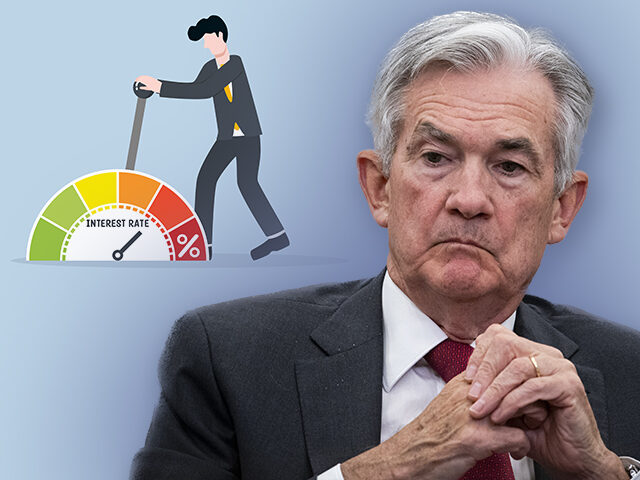The Convoy Keeps Rocking Through the Night
The U.S. economy keeps on trucking—literally.
Despite all the attention that has been paid in the business media to the idea that we are in a “freight recession,” sales of heavy trucks were up 3.7 percent in May compared with April. On a sequential basis, sales of big rigs have risen in four of the past five months. Compared with a year ago, truck sales are up 20.2 percent, according to the Bureau of Economic Analysis.
As Ryan Detrick of the Carson Group pointed out on Twitter, each of the past seven recessions has been preceded by a decline in heavy truck sales. That certainly has not been happening. In fact, in May sales rose to a seasonally adjusted annual rate of 558,000 units, close to the peak of 2019 and above the previous peak of 1999.
While some of this may be a bullwhip effect from the steep decline during the pandemic, it’s notable that sales were actually high by historical standards last year. In fact, they were higher on average than any year between 2006 and 2017. So, the ongoing rise in truck sales likely is an indicator of strong economic fundamentals.
Will the Fed Follow Canada and Australia?
The central banks of both Canada and Australia surprised markets this week by hiking rates by a quarter of a point, bucking expectations that they would hold rates steady. According to Bloomberg, only eight out of 37 forecasters expected the Bank of Canada to raise rates, and only ten out of 30 expected the Royal Bank of Australia to hike.
This sent a jolt through U.S. markets. U.S. stocks stumbled and bond yields rose, as investors entertained the notion that the Fed might also announce a surprise hike at the next Federal Open Market Committee (FOMC) meeting.
Louis Navellier, founder of Navellier & Associates, wrote in a note to clients that the central banks of Australia and Canada “raised rates in the face of a slowing economy due to stubborn inflation trends, as stagflation is seen as worse than suffering through a recession to break inflation.”
“Our Fed could reach the same conclusion and estimates are that it may take a six percent rate to slow things enough to actually reach a two percent inflation rate,” he warned.
While we agree that it is likely to take a fed funds rate closer to six percent to bring inflation down to the Fed’s two percent target, it seems unlikely that the Fed will hike at its meeting next week. The Fed is particularly averse to surprising markets. Fed Chair Jerome Powell has been very clear about communicating his intentions to the market in advance of policy decisions and has so far made it clear he still favors holding rates steady at the next meeting.
Here’s how Ethan Harris of Bank of America put it in a recent note to clients:
Among the major central banks, the Fed is particularly careful to avoid surprising the markets. In this hiking cycle, the Fed has only surprised the markets once. Last June, it hiked 75 bp even though 63 forecasters expected 50 bp and only 35 expected 75 bp. That meeting was unusual both in that the consensus was wrong and that the consensus was relatively split. For most meetings, the Fed aggressively guides expectations, and the vast majority of forecasters get the call right.
According to Harris, 83 out of 90 forecasters see the Fed on hold at the June 15 meeting. The remaining seven expect a hike. The CME Group’s Fed watch tool is currently showing around a 30 percent chance of a hike and a 70 percent chance of a pause.
With very little economic data out this week, there’s little that would be expected to push Powell toward a more hawkish position than he took before the Fed entered the pre-FOMC quiet period. Jobless claims moved a bit higher, which would support the case for a pause. Imports were strong in the latest trade data, indicating ongoing consumer strength, but not so strong as to change views about inflation. Factory orders were weaker than expected, helping the dovish argument. Inventories are around where they were expected to be. Nothing moved the chains.
That sets the stage for the Fed to take a breather at the next meeting, probably with the explanation that it wants to assess the effects of the earlier hikes on the economy. It’s very likely that the Summary of Economic Projections, the press conference, and the statement will convey a bias toward hiking in the future. Most likely Powell will note that some of the risks to the economy—a banking crisis, a debt ceiling debacle—have been overcome or receded.
There’s really only one big economic data release that could change the picture: the May consumer price index. This will be released on Tuesday—the same day the FOMC meeting starts. A hot report showing inflation accelerating beyond April’s 0.4 percent month-over-month increase might be enough to force a hike. But with the price of gasoline having fallen by around two percent in May, it’s unlikely we’ll see headline inflation move higher. The risk would be in core inflation. Even here, though, the Fed would probably look through shelter and used car inflation for some kind of “core core” inflation that would excuse a pause.

COMMENTS
Please let us know if you're having issues with commenting.